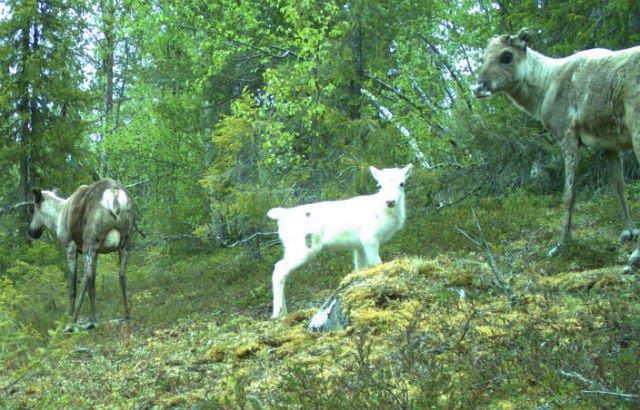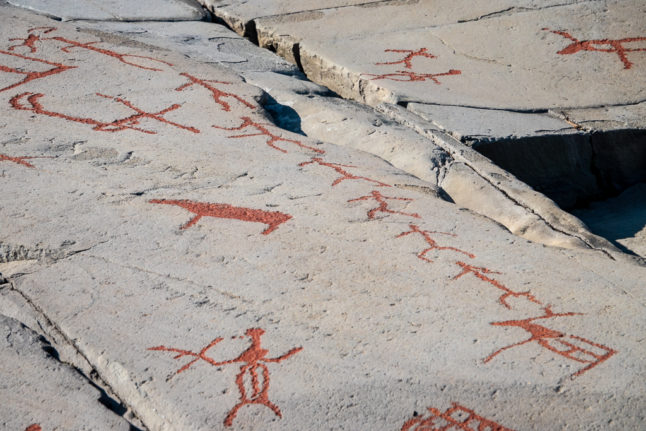Last year, I was running a camera trapping project up in Norrbotten. One of the sites close to Lainio was frequented a lot by #reindeer. This is the perfect time to see small calves like this very white one! @_SLU #CameraTrapTuesday #Scandcam pic.twitter.com/RTd86OPd6m
— Tim R Hofmeester? (@TimHofmeester) June 11, 2019
Last year a curious cat visited one of my camera traps. I placed it on a small trail halfway down a cliff as months of staring at tracking data told me that that was what lynx select for. It worked as this was the only animal passing in three months time! #CameraTrapTuesday @_SLU pic.twitter.com/GjNT01BR4d
— Tim R Hofmeester? (@TimHofmeester) June 4, 2019
Slowly but steadily everything is waking up in northern Sweden. The moose are migrating towards their summer range encountering some cameras on the way. #CameraTrapTuesday @_SLU #Scandcam pic.twitter.com/WQeMECVIr7
— Tim R Hofmeester? (@TimHofmeester) May 7, 2019
And finally, a red deer investigates.
This #reddeer says hi! It is clear that some animals are curious towards cameras while others shy away. What is less clear is how this influences inference from camera trap data. @_SLU #Scandcam #CameraTrapTuesday pic.twitter.com/6glDSQf8DM
— Tim R Hofmeester? (@TimHofmeester) April 30, 2019
You wonder what this mountain hare was thinking when it was overlooking its home. The nice thing with the midnight sun in northern Sweden is that we get colour images even in the middle of the night (this picture was taken around 2am). #CameraTrapTuesday #Scandcam @_SLU pic.twitter.com/Py2nM5NkhS
— Tim R Hofmeester? (@TimHofmeester) June 18, 2019
Here is a badger nosing its way through a patch of new growth on top of forest which was burnt out last year.
The days are becoming very long here in the North, which means that we get colour pictures throughout the day. Here a #badger foraging in a previously burned forest site. #CameraTrapTuesday @_SLU #Scandcam pic.twitter.com/bznerJg5fH
— Tim R Hofmeester? (@TimHofmeester) May 28, 2019
Here's a hare enjoying the spring.
All the snow is gone and it feels like summer with temperatures +20 degrees Celsius. However, the #mountainhares are still moulting to their summer coat leaving them exposed to predators. #camouflagemismatch #CameraTrapTuesday @_SLU @NINAforskning #Scandcam pic.twitter.com/HuNruGtJZD
— Tim R Hofmeester? (@TimHofmeester) May 21, 2019
And here is a lynx.
A couple of days ago we went down a very steep hill towards a wildlife trail regularly use by lynx. I wonder if roe deer dare to walk there! #Scandcam studying predator-prey interactions in Hedmark @NINAforskning @_SLU @gaupejohn #CameraTrapTuesday pic.twitter.com/ToR9tQKqO1
— Tim R Hofmeester? (@TimHofmeester) March 12, 2019



 Please whitelist us to continue reading.
Please whitelist us to continue reading.
Member comments